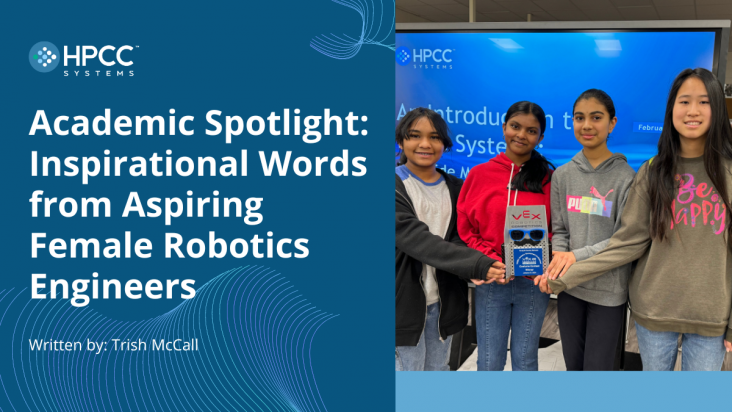This is a commentary discussing gender disparities in mental health and suicide prevention strategies for women

This year’s RELX SDG Inspiration Day will bring together global AI leaders, corporate representatives, investors, government, and NGOs to explore issues, gain practical insights and be inspired to take action in support of the Global Goals. Elsevier is proud to share this special collection of articles and chapters in celebration of this event.

Elsevier's 2024 Gender Equality Study Reveals 20 Years Of Progress, But Challenges Remain For Women in Research And Innovation
Low- and middle-income regions face disparities in access to ovarian cancer care, including lack of awareness, limited access to genetic and tumor testing, paucity of surgical expertise, time to approval of novel therapeutics, and treatment costs. By addressing these inequities, the core aim of this paper is to promote action through collaboration in order to overcome these barriers and promote health equity in ovarian cancer management and treatment.
This article helps to lay the groundwork for understanding the hormonal impacts of gender affirming care and its effect upon esteogenic factors of thyroid cancer and can help to expidite cancer prevention and ensure that patients have sufficient background knoweldge of risks associated with lifelong treatment cycles
Monastic celibacy generates low sex ratios that increase female and reduce male workload. We show that a lower sex ratio and a higher prevalence of monasticism are associated with higher women's workloads and reduced men's workloads in the non-celibate population. As the operational sex ratio increases, gender inequality diminishes. This study offers valuable insights into the origins of gender disparities by examining the role of sex ratio on the sexual division of labor.
This model helps in estimating gestational age in the late trimesters as most women in LMICs seek care only in third trimester and it is difficult estimate the GA by LMP recall.
Forced migration can bring adults who have previously been denied formal education and print literacy into contact with highly technological and literacy dependent societies that lack the knowledge and expertise to cater to them as simultaneous learners of language and literacy. As educational disadvantages are often conditioned by gender, many of these learners are also women and mothers who may continue to have fewer opportunities to engage in education after settlement due to their gender and life roles.

We’re passionate about helping students learn more about STEM, and through our academic program we give students the opportunity to collaborate on STEM-related projects involving innovative technologies like data analytics, robotics and AI. Since 2011, we have partnered with a number of universities to sponsor research projects, internships, robotics teams, scholarships, and other educational programs that provide students with access to hands-on learning and real-world engineering experience.

